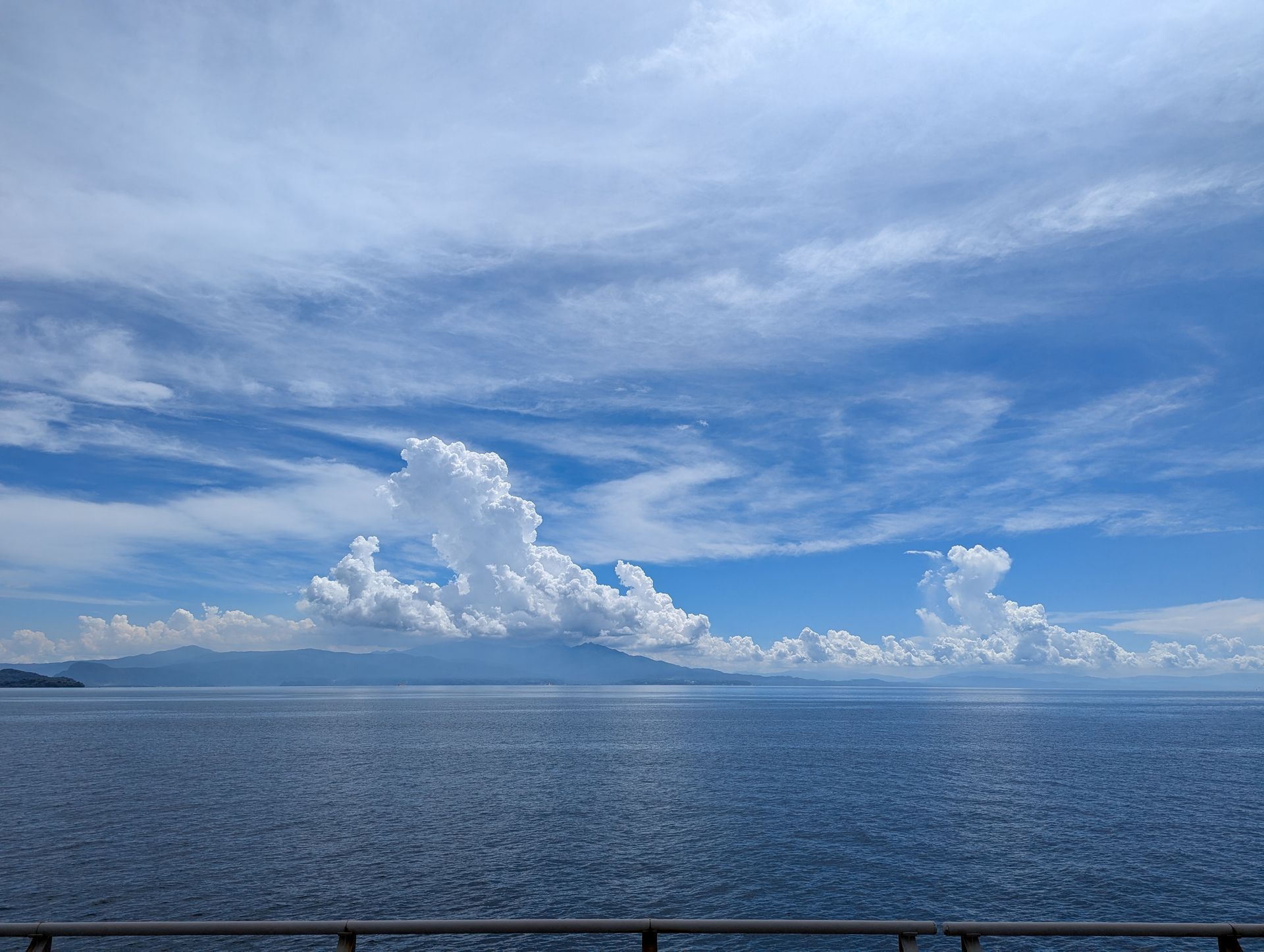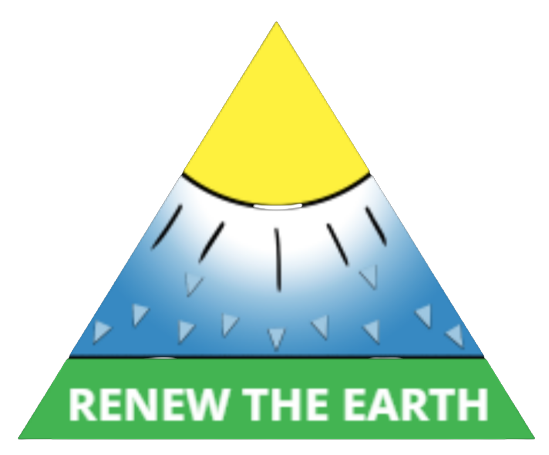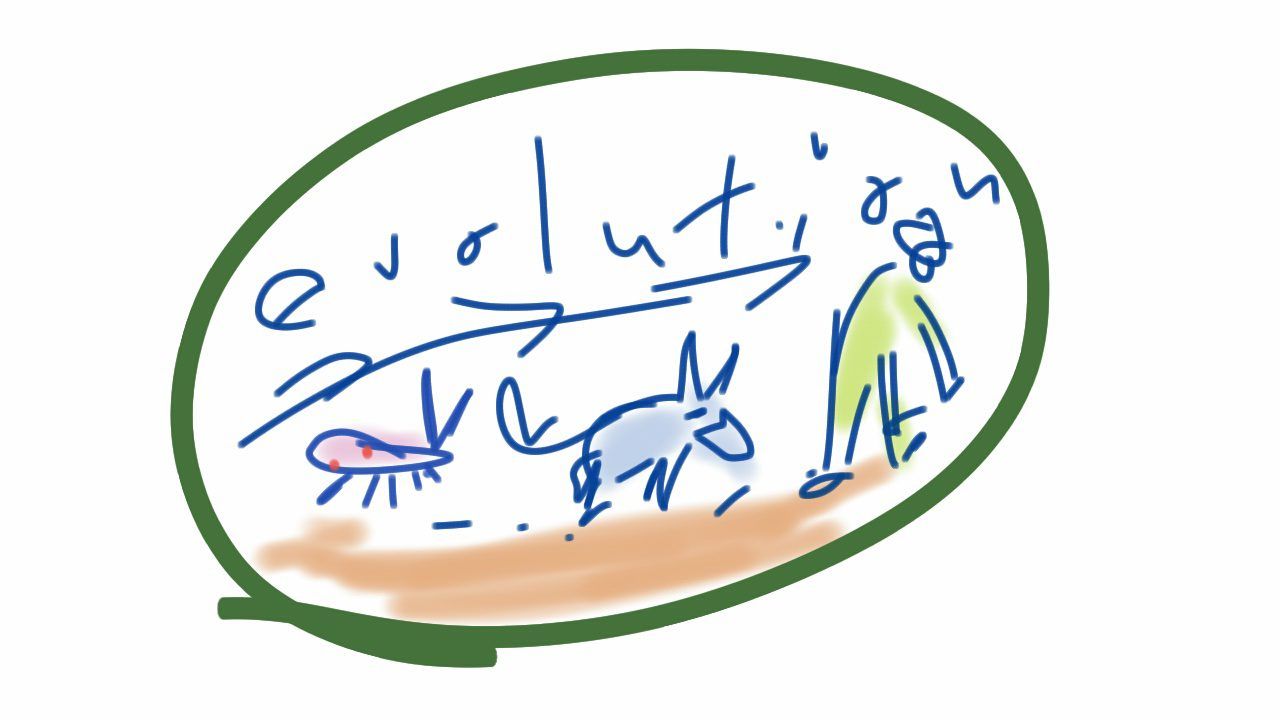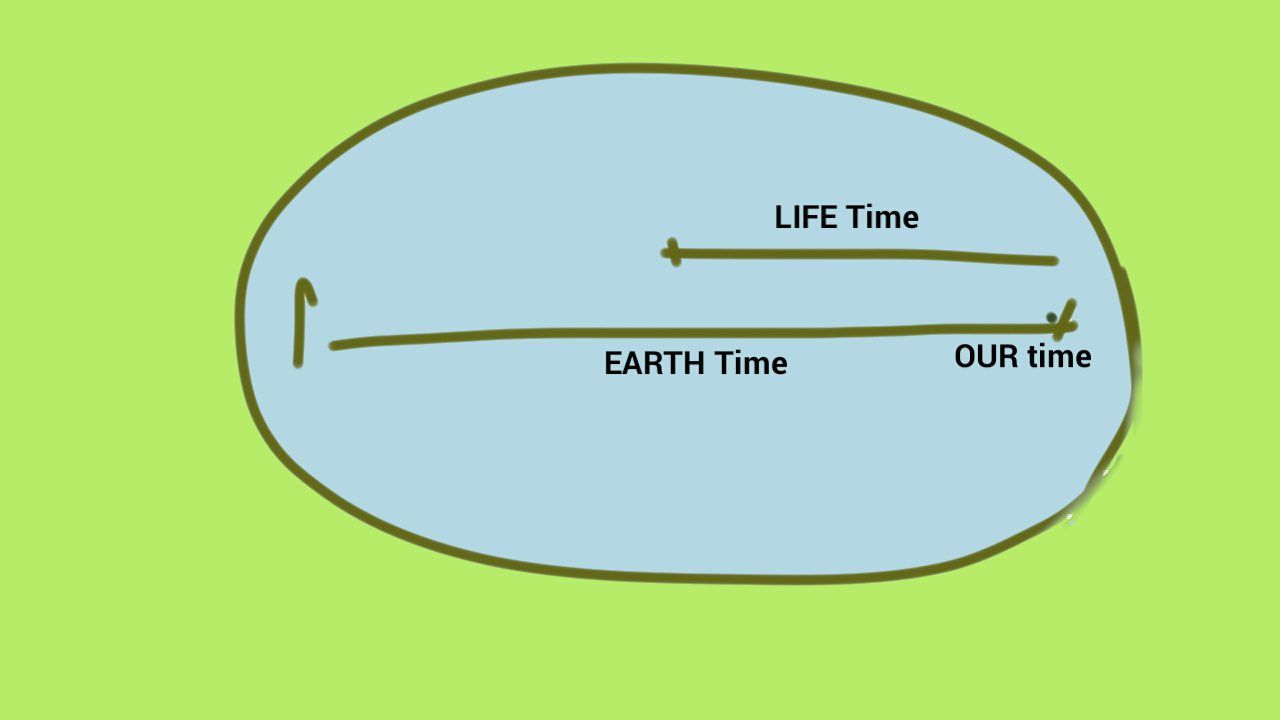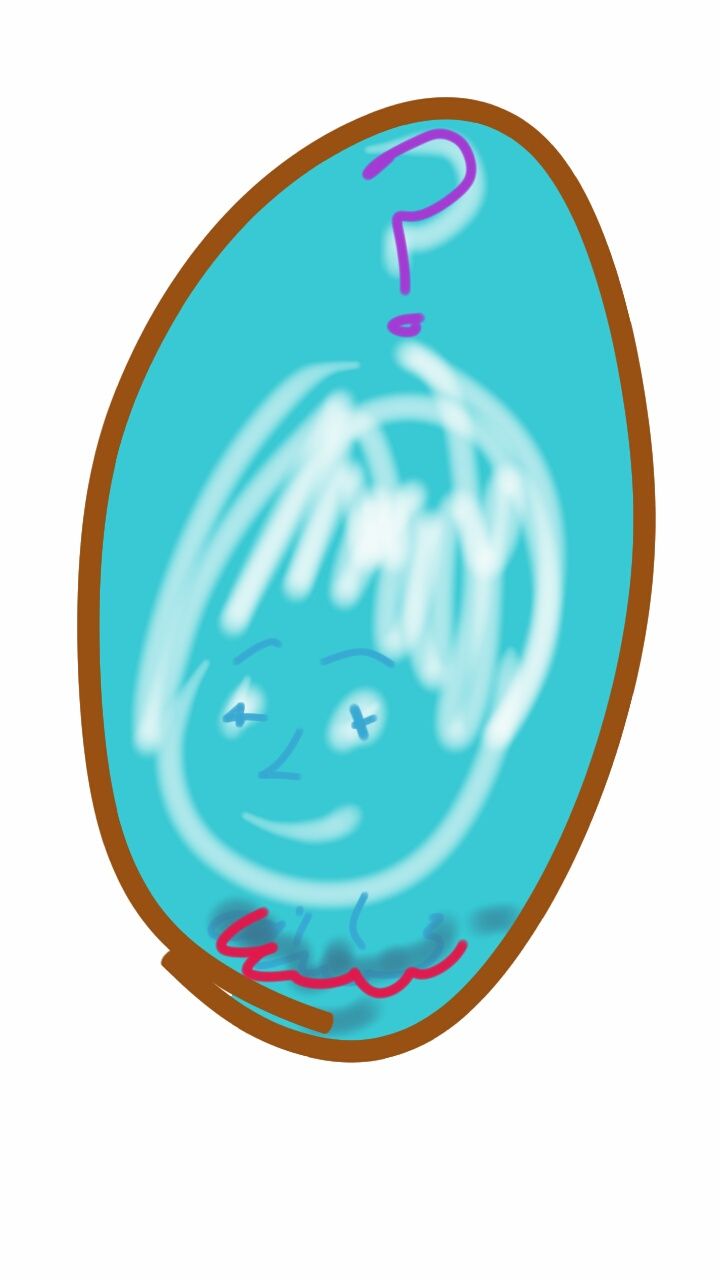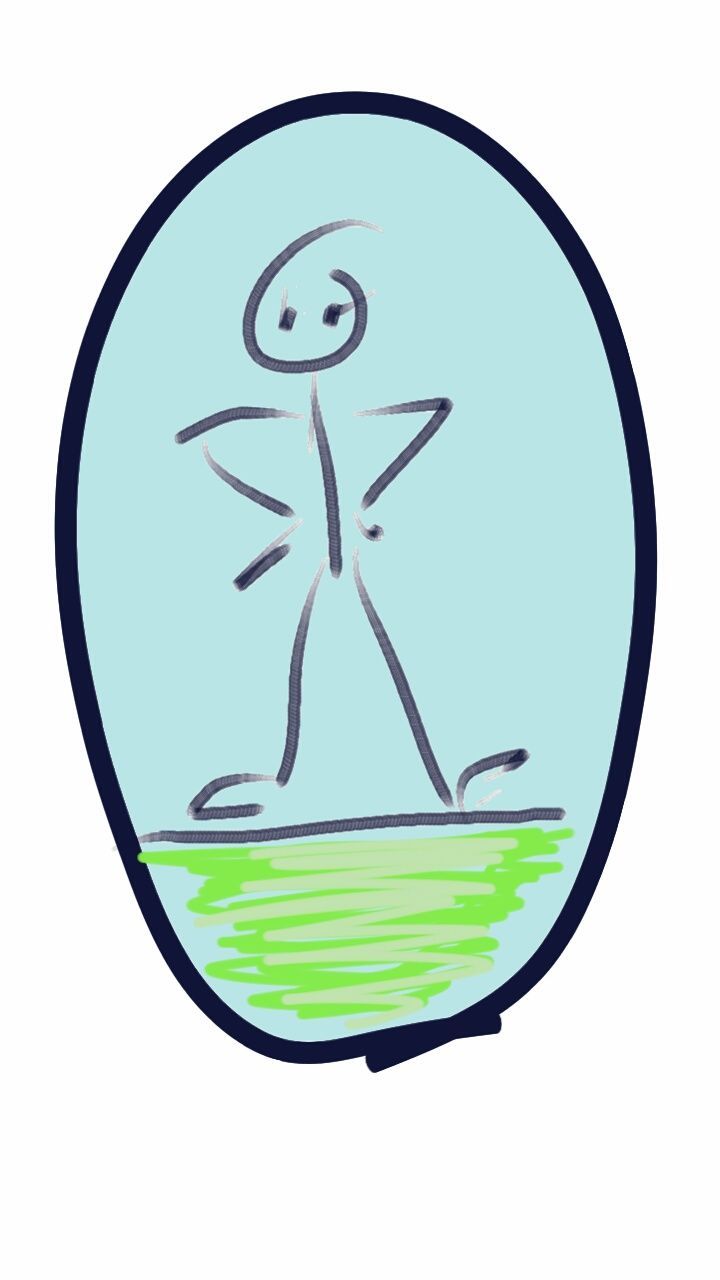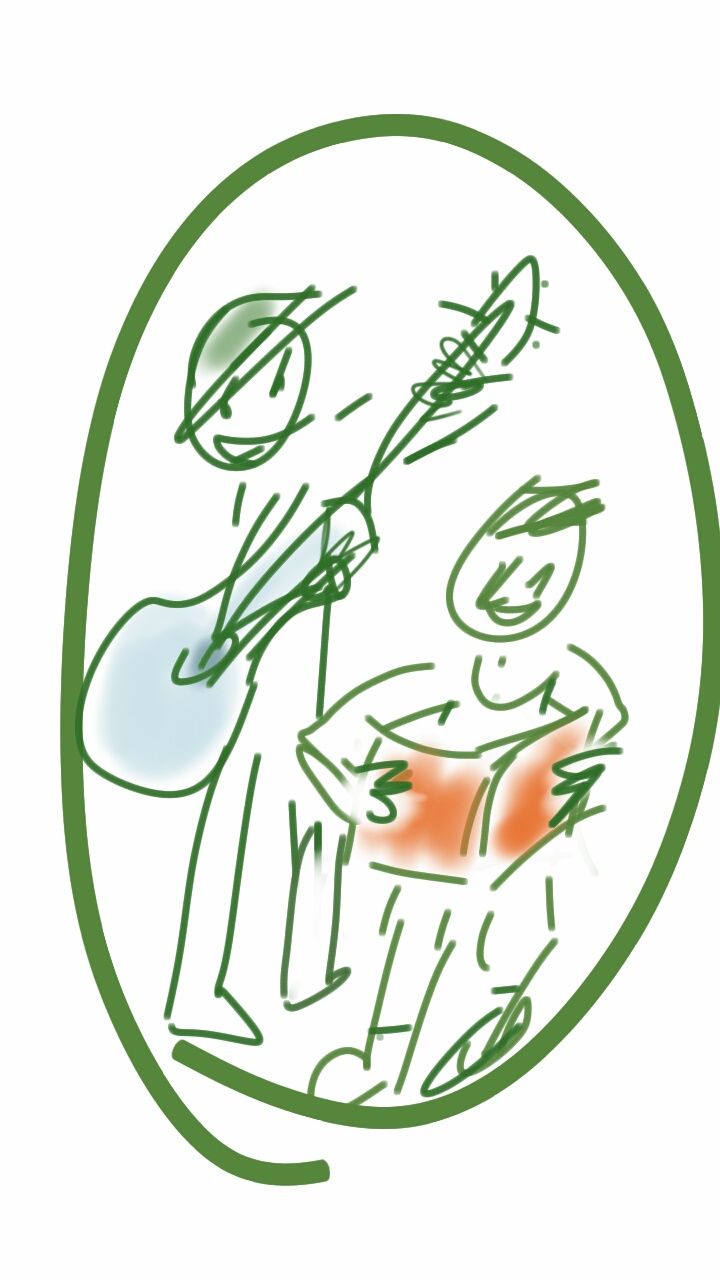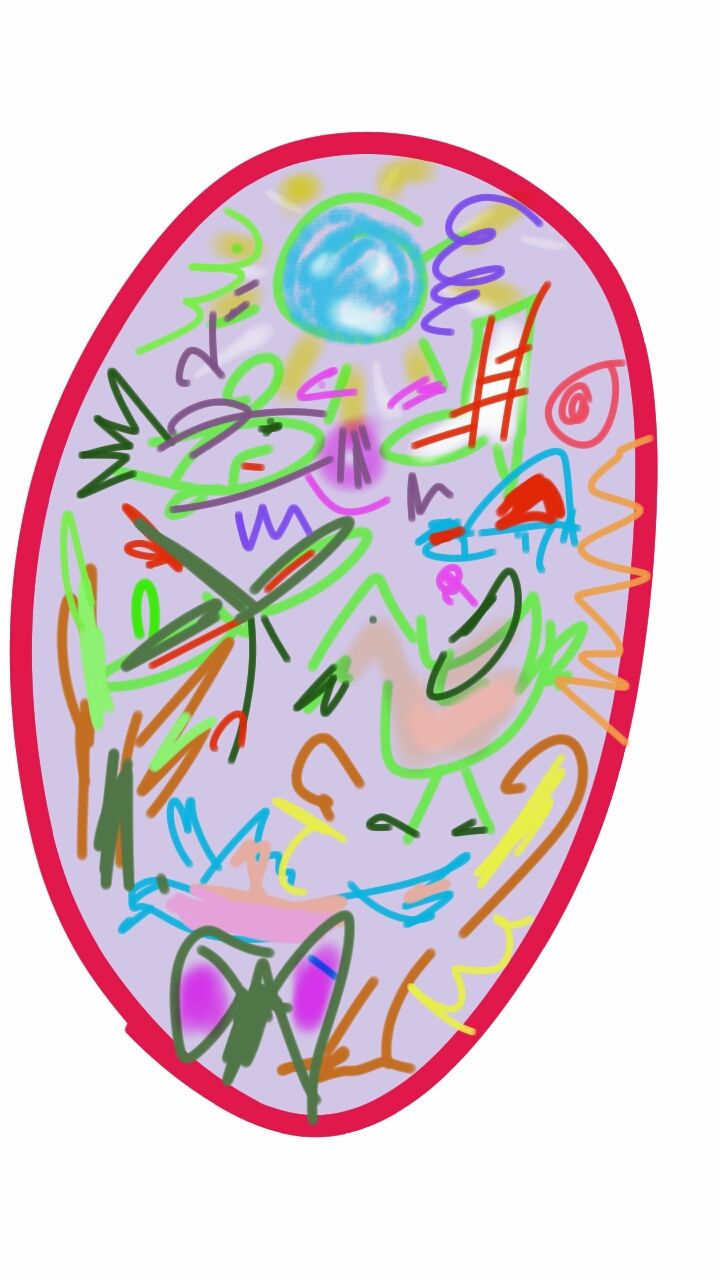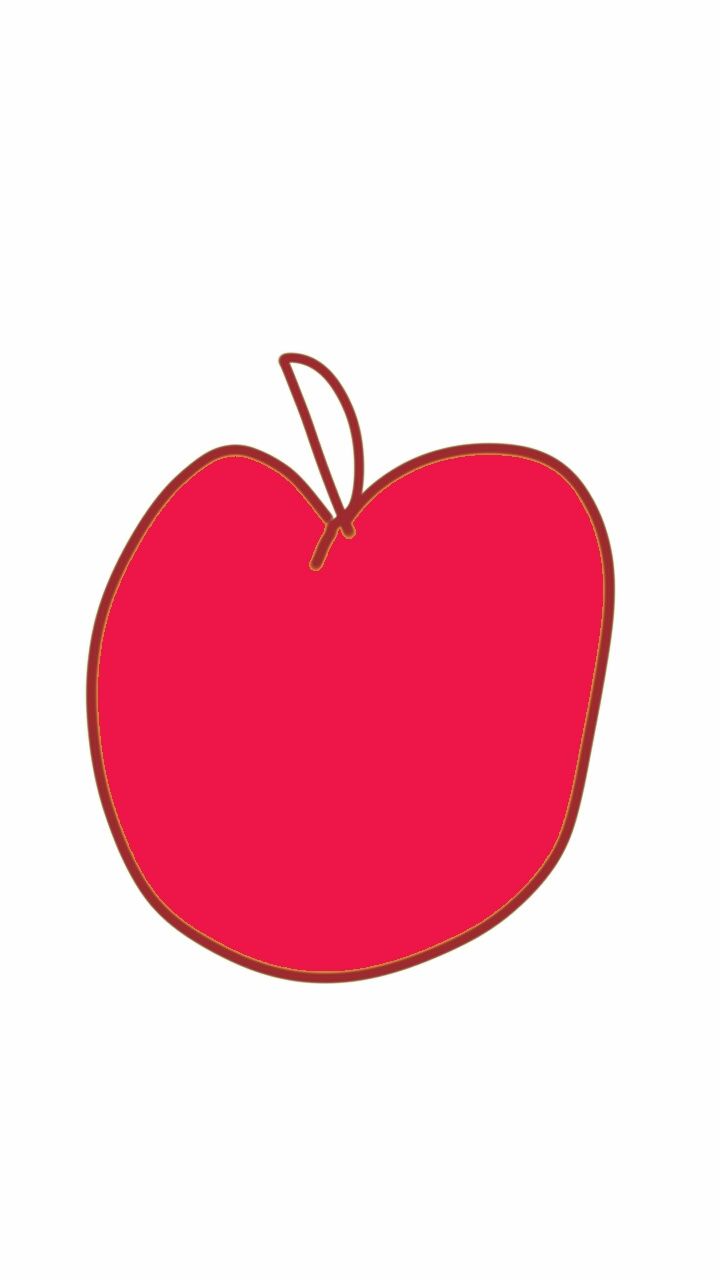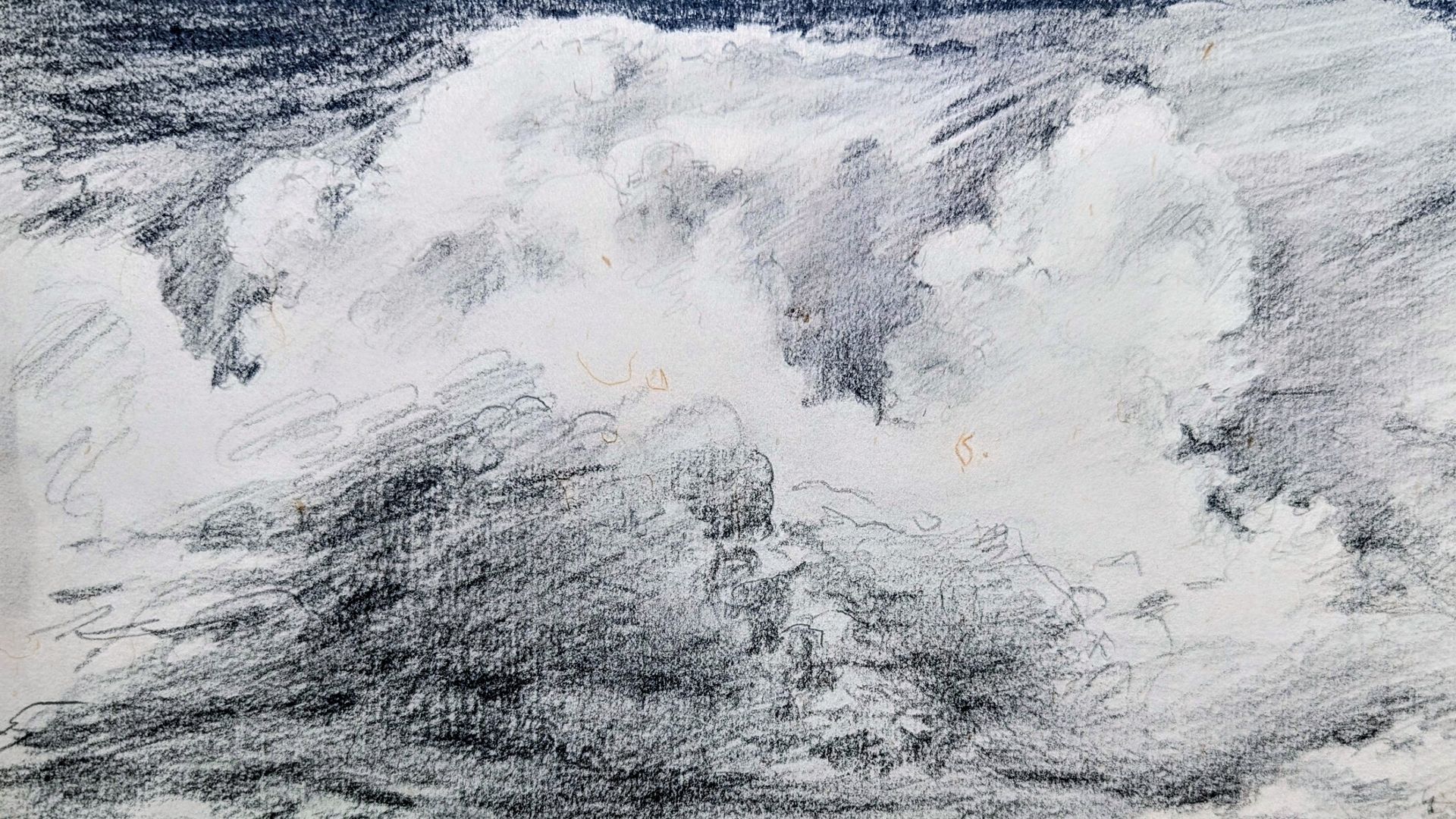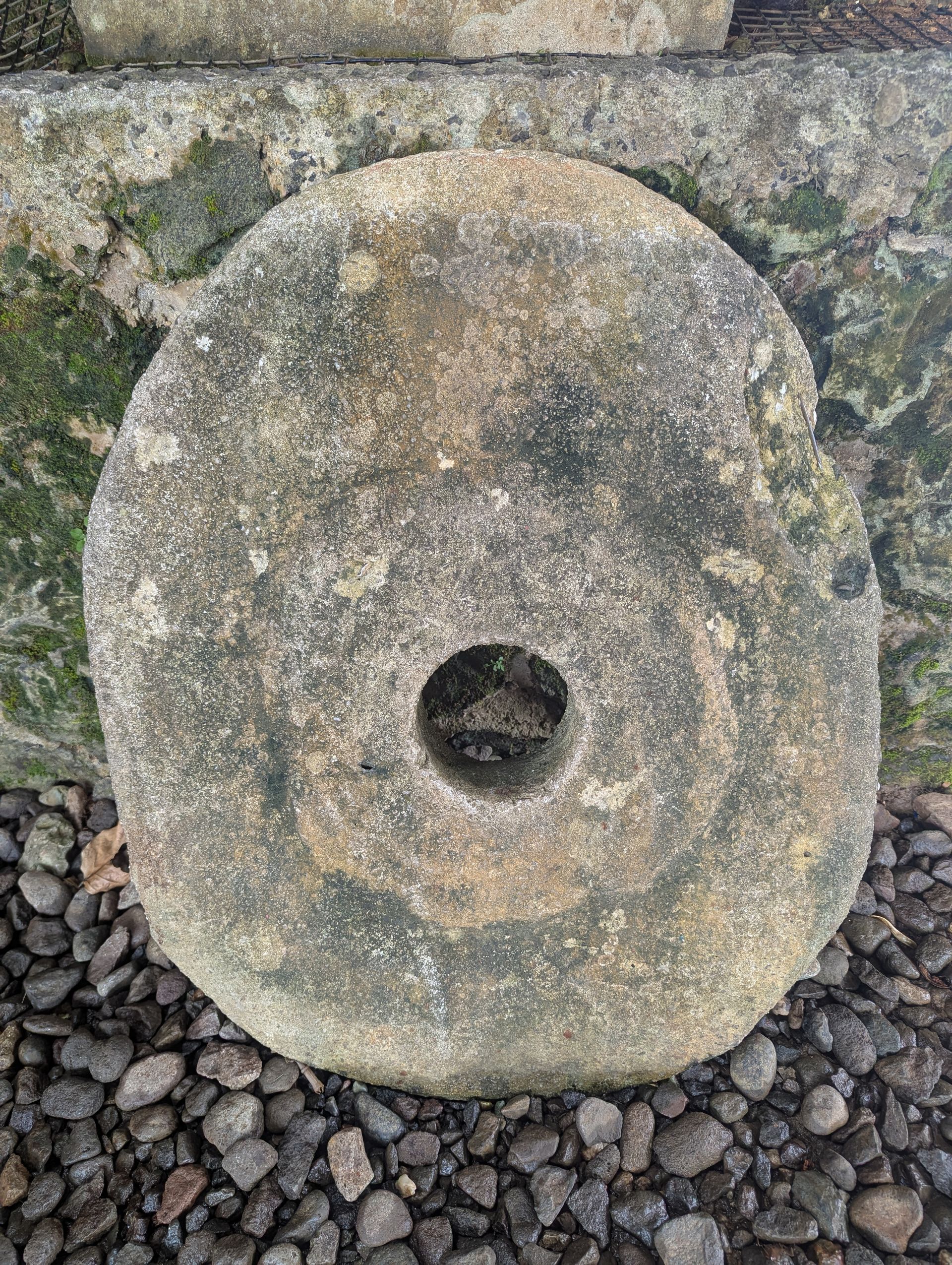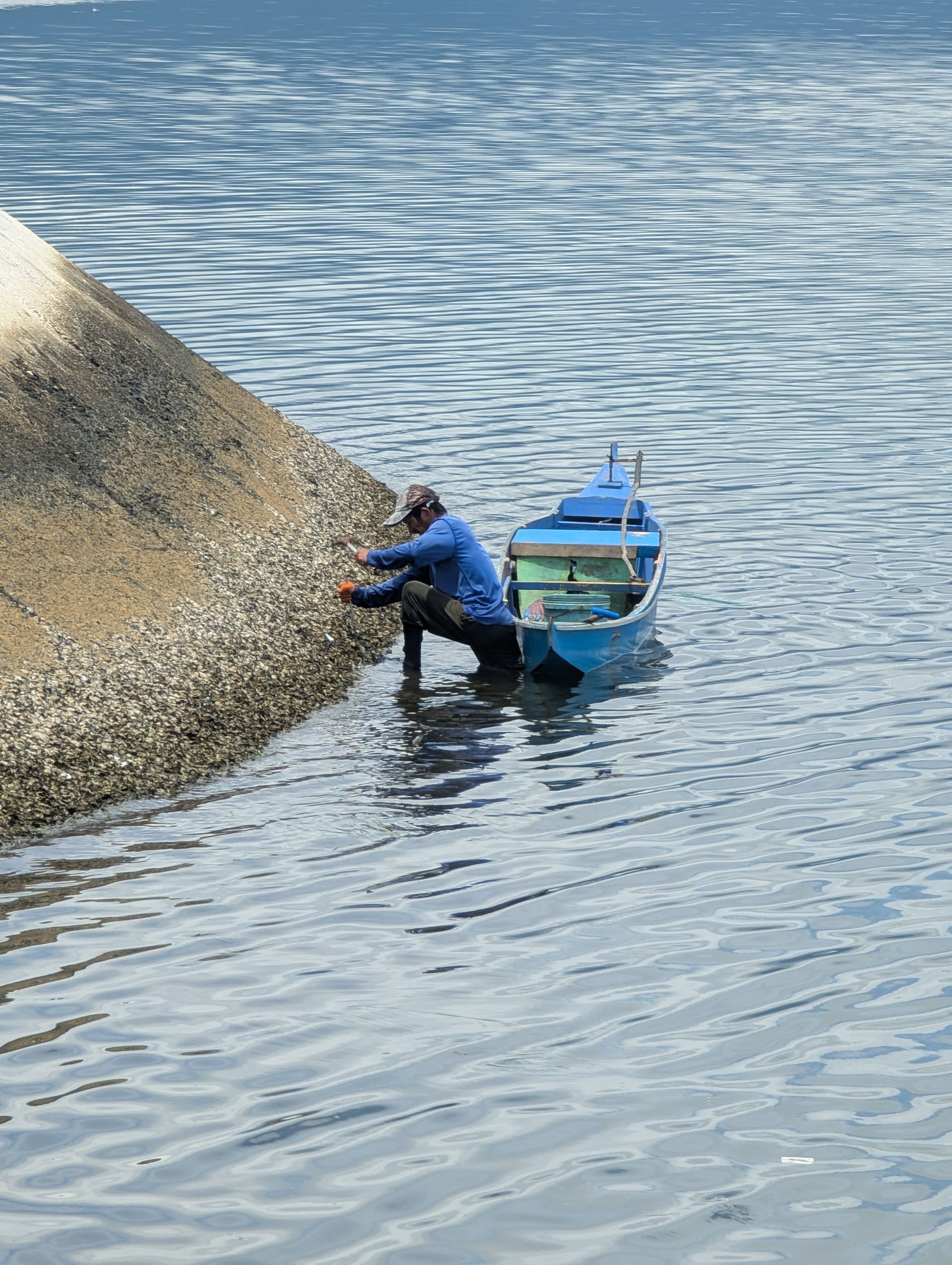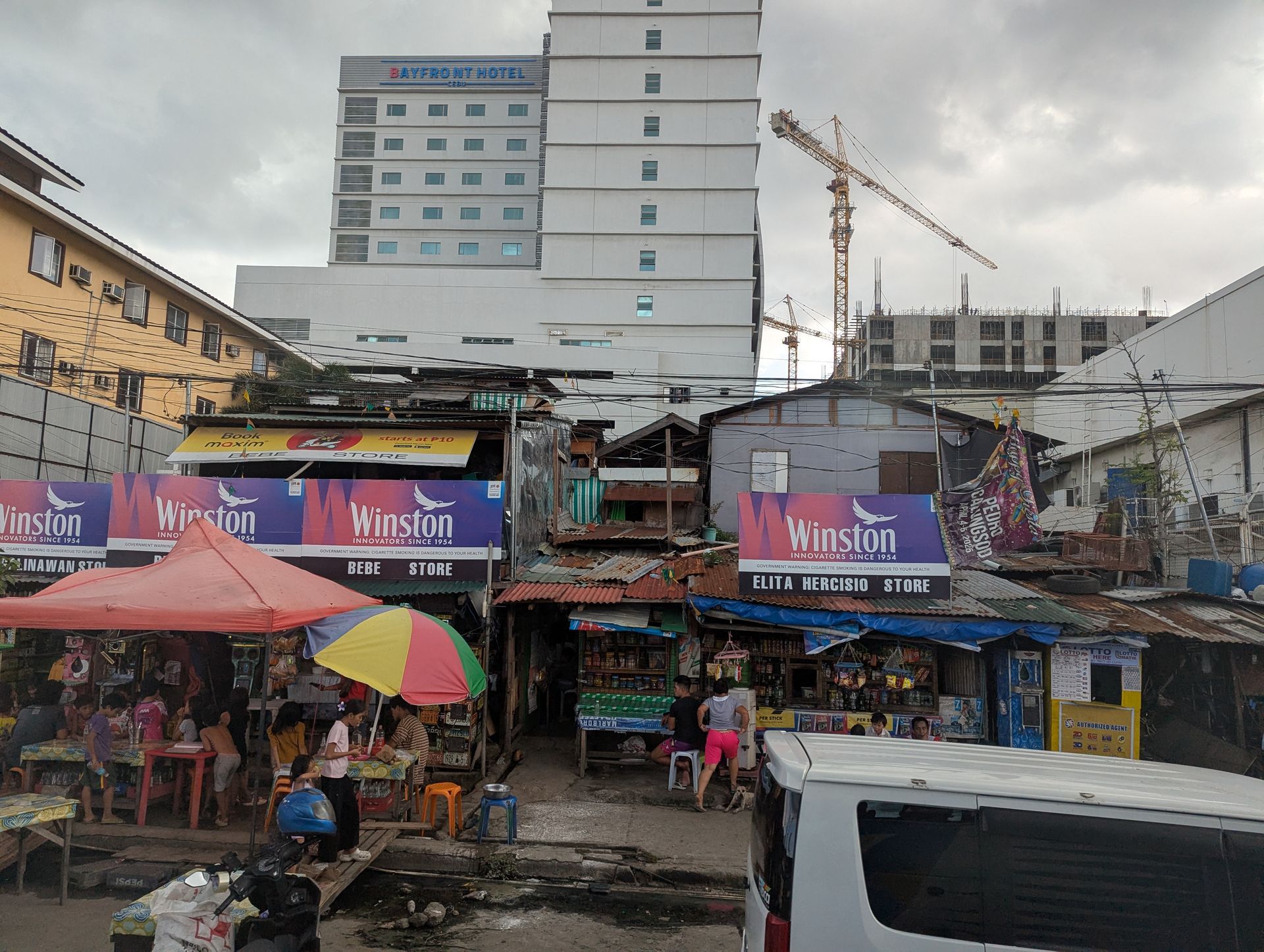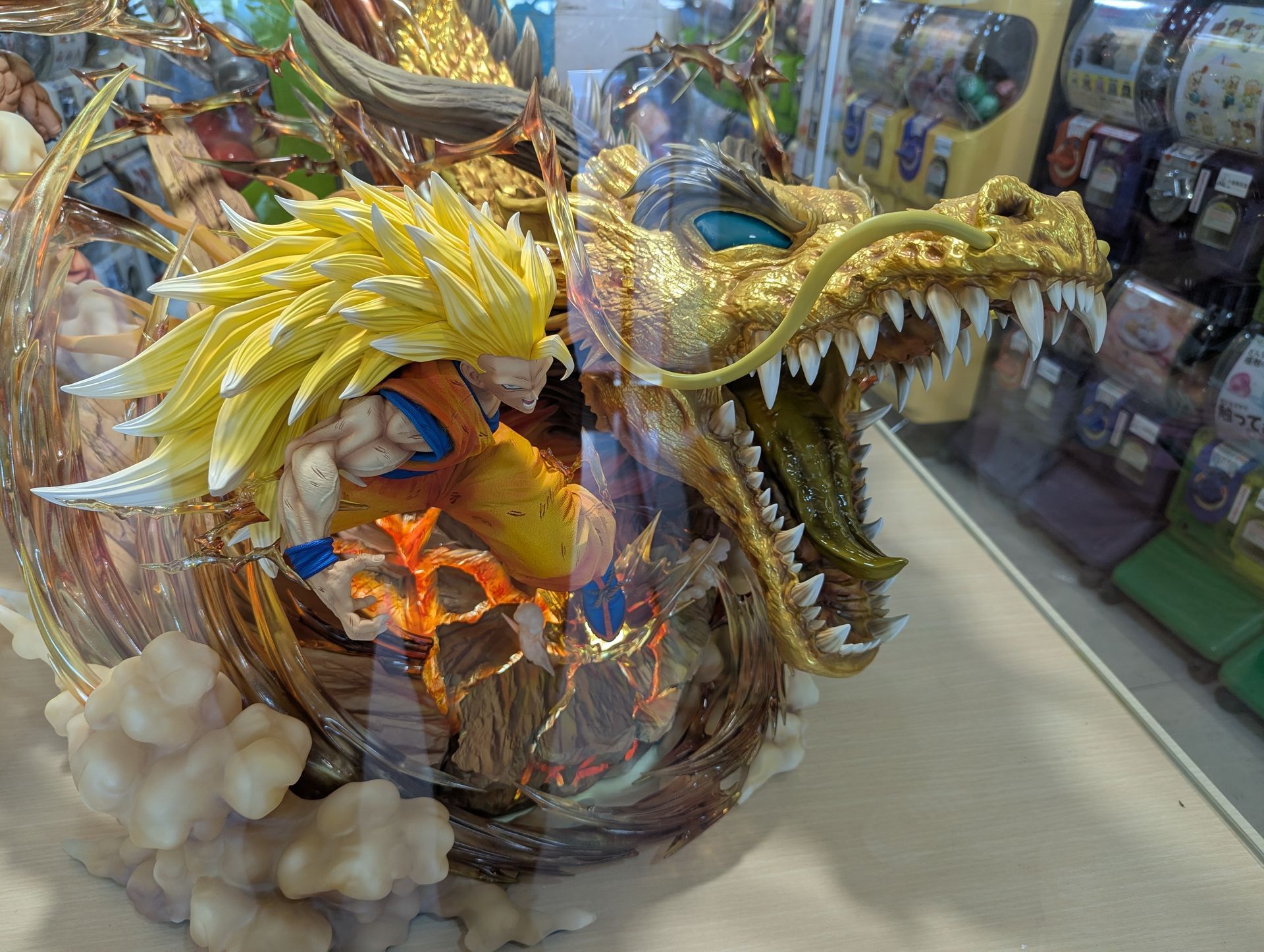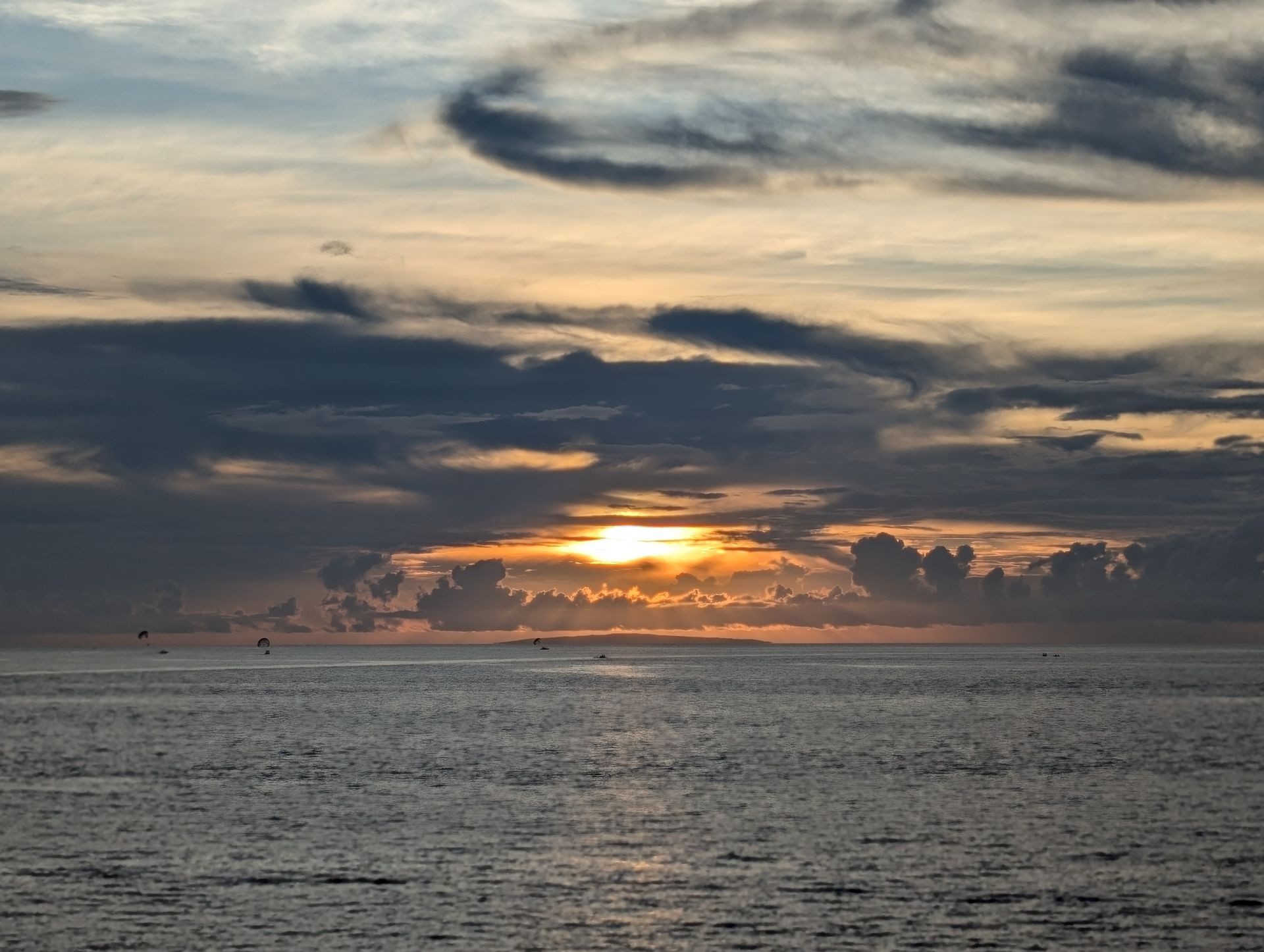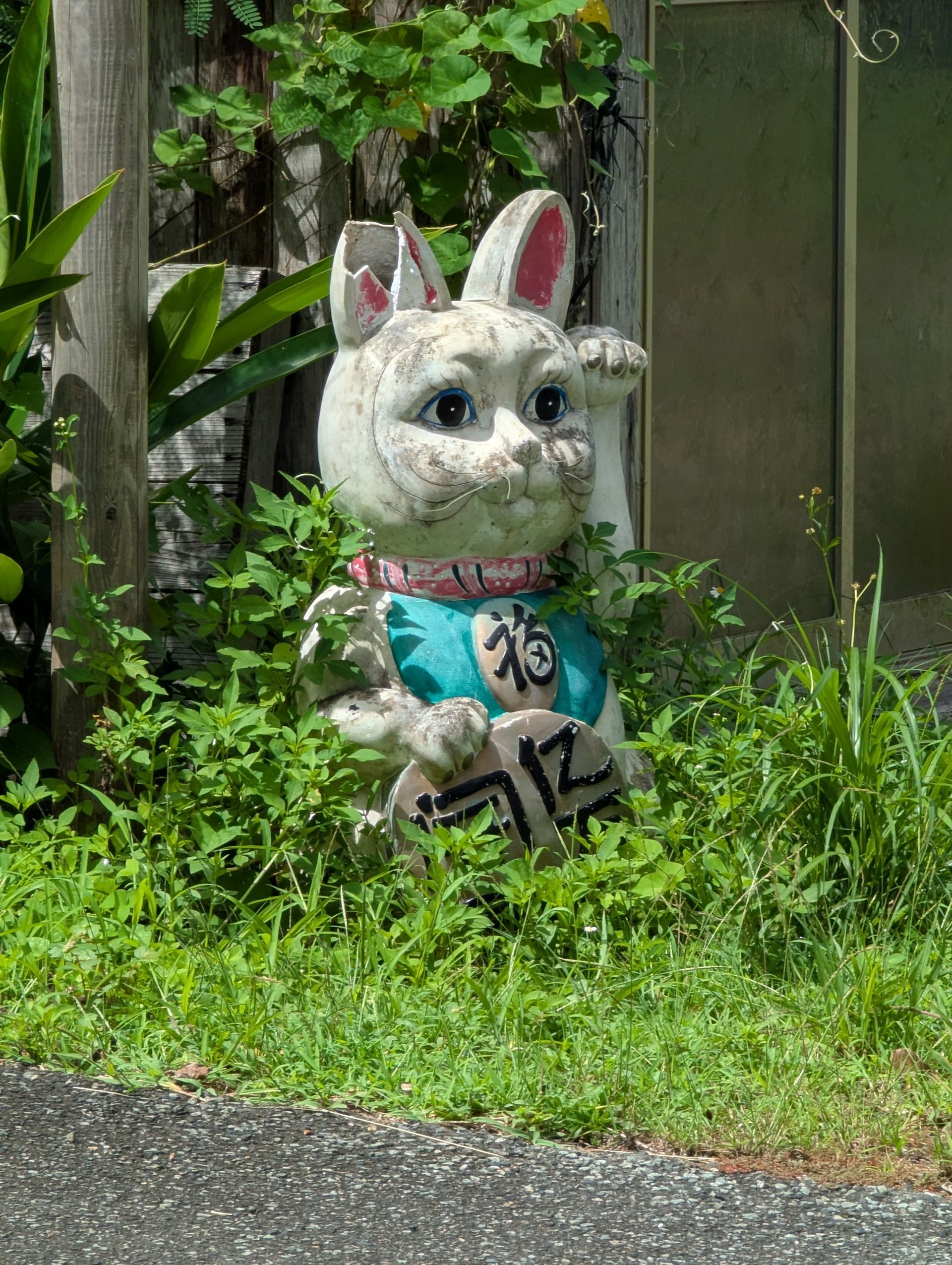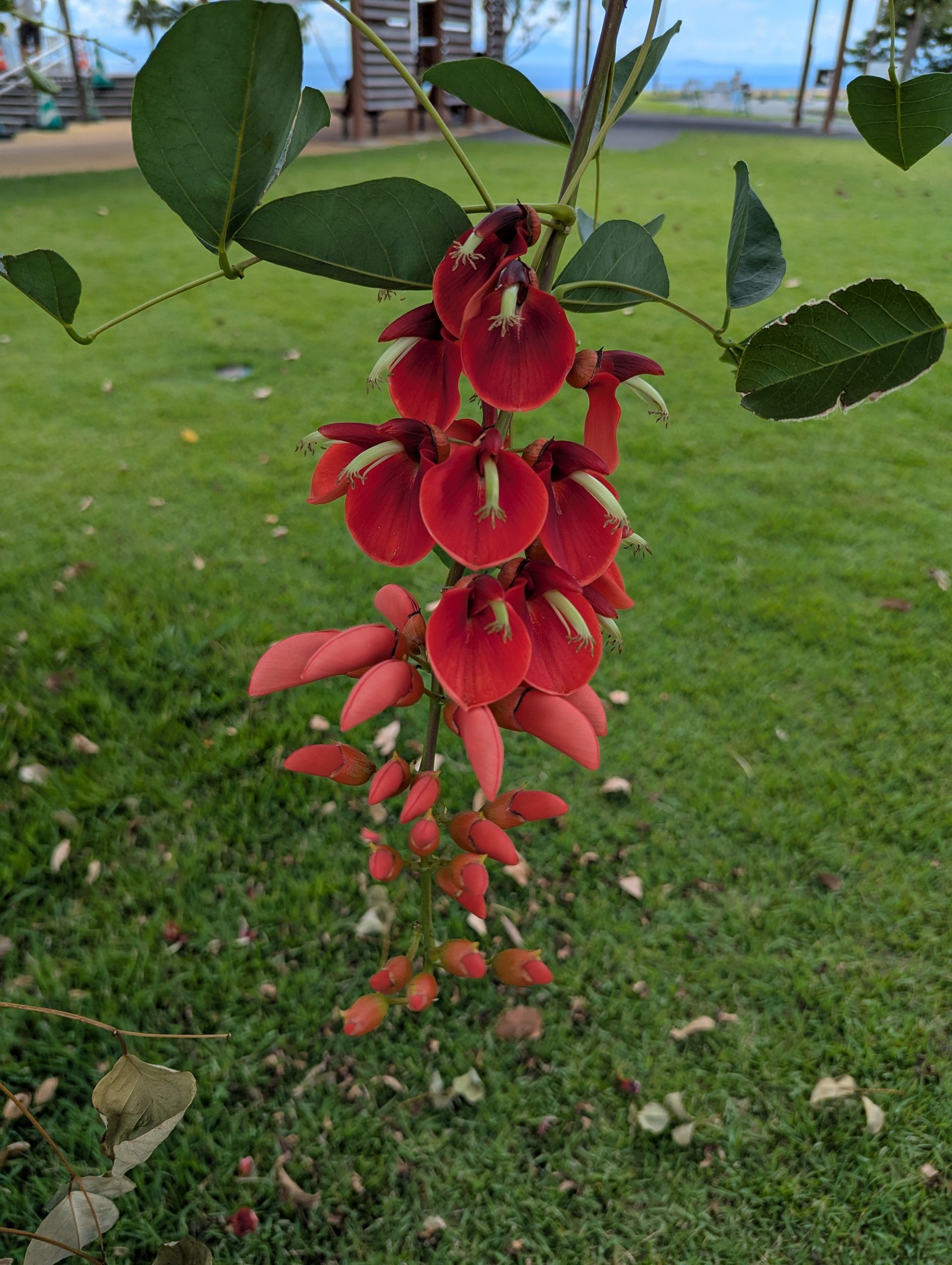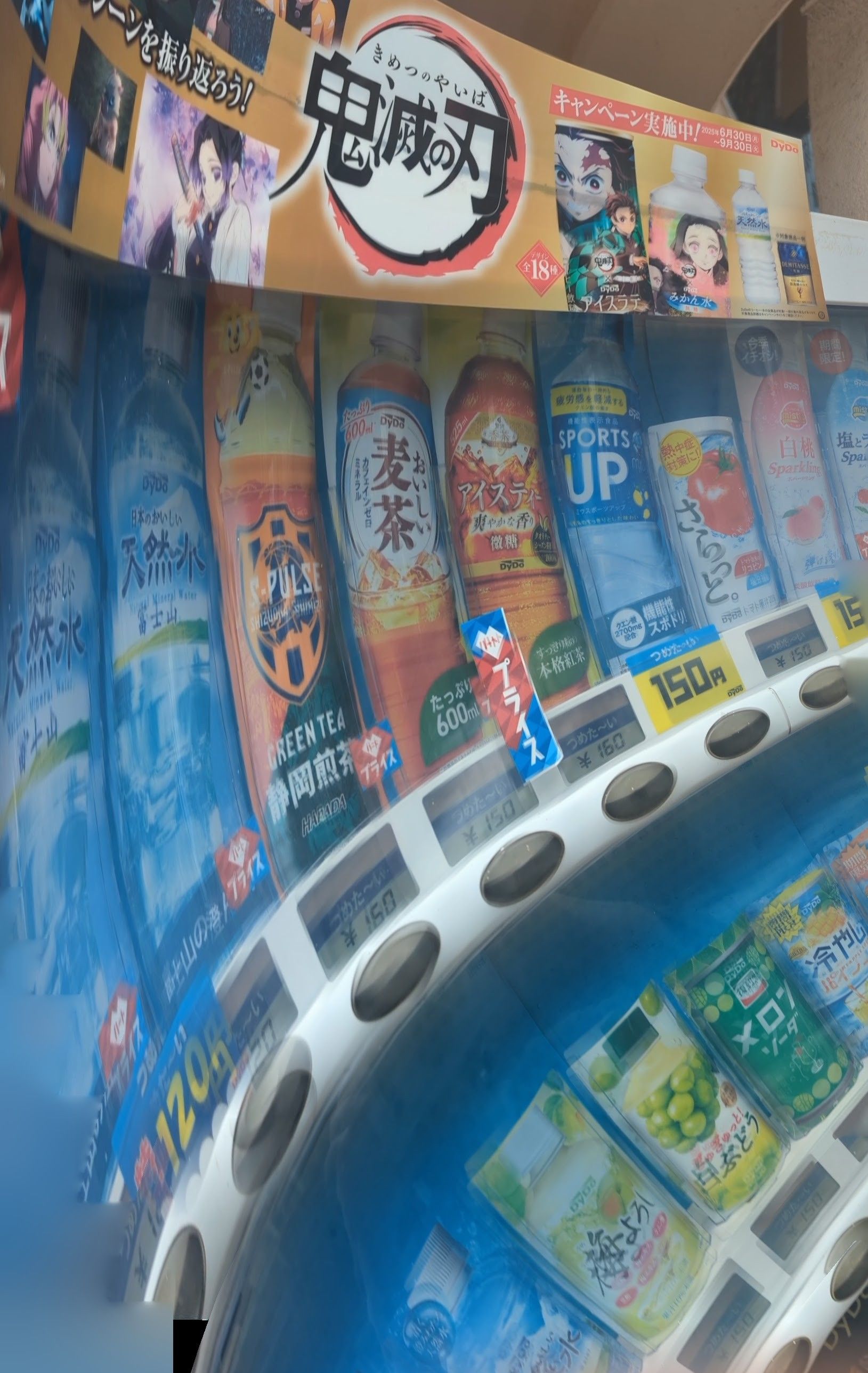Earthlings Letter #11 – The Human Species
Greetings Earthlings! In this EL, I want to introduce some thoughts about what we are doing here as Earthlings, as a species (a living group that is similar looking and can have babies like themselves) called Human. Scientists have figured that we have been evolving (developing gradually from ancestors closely related to us) on Earth for about 7 to 13 million years!
That sounds like a long time but in Earth time it is not very long at all. Here is how it works. Earth time (time that Earth has existed and what has happened to it) and time that life has been on Earth and time that Humans have been on Earth are all very different. Earth or Geological Time is the longest and tells us the age of the Earth, around 4.54 billion years. Life on Earth has been developing for about 3 billion years. And the most modern form of human life, Homo Erectus, (our relatives) have only been around for about 1.8 million years (not a billion)!
But all these numbers and time lines are so long and hard to imagine that this can get really confusing when you try to get a grip on it all. And, as time goes by, we learn more so these timelines keep changing. You can get a sense of what is going on from these numbers but don’t worry about getting them into your memory perfectly.
The word homo comes from a word, used in Europe a very long time ago, that means earth. Truly we are earthlings! But the thing is, even though we have not been around that long we have had a very, very strong effect on our Earth and the other life forms that live here with us – in a very, very short amount of time. Why are we changing things so much? How are we changing things? Is this good? Is this bad? What is it about us that is different than other life that is here? Hmmmmmmm.
One of the ways to refer to our species is with the name, Homo Erectus, which means that we are humans that stand on two legs, erect, or up right. This is a great thing for us, it frees up our arms and hands to do other things than just move our bodies from place to place. They can carry stuff while we walk and make stuff when we sit or stand. Also, standing up helps us see around us better. Our hands and eyes and brains developed over these almost 2 million years in very different ways because we can stand on our two legs. If you think about it I bet you can think of many ways being bipedal (standing on two legs) has formed us physically and mentally and given us huge advantages over other life forms in some ways.
We have developed the ability to alter our surroundings to fit our needs and desires and this has changed life on Earth and the Earth itself so much that an epoch has been named after us (by us!). The age of Humans, “anthopocene”, (anthropos is Greek for human) a period during which human activity has been the dominant influence on climate, environment and life on Earth. How did we do it? How do we do it? And Why? These are questions that have many answers and some of them are just more questions. One answer is that we have the ability to make things that ‘enhance our labor’ (make it so that we can do more than just what our bodies are able to do). An example of this would be the invention or modification of materials to make sharp pointed objects, attach them to a stick that can be thrown at an animal with the idea to kill and eat it. This idea occurred to people a long time ago and it saved a lot of hunting energy and lives. He/she can attack from a safer distance and not have to be right on top of an animal to kill it. This makes the hunter safer and more likely to survive the hunt. Another example that we do in the present time is use fuel to make cars run where ever we want and use fuel to make machines run so that they can work for us. This saves us time and a lot more area is covered faster than walking and more work is done as long as you have fuel for the machine. You may not even have to lift a finger or a shovel or even be there! See if you can think of some things that humans have built that save us time and energy.
How about your bicycle, a skate board, a row boat, roller skates, a washing machine, an oven, a refrigerator, electricity… do these things save you time and energy? If you make a list and keep adding to it as you think of more ‘labor enhancing’ creations we have made I think you will be very surprised how long that list becomes.
Have you ever heard someone say, “ the object of labor is to have leisure” ? This means that we work in order to have free time to do what ever we want and think about what ever we want. This kind of ‘free time’ is very important for all of us humans. It is important for the development of our brains.
It lets our brains have time to ‘play’. When we are able to let our minds wander and play, ideas sometimes get clearer, communication gets better, problems get solved, inventions get created and paintings and music and books too! Even ‘sleeping on an idea’ can help us solve it the next day! Also free time is very good for just walking around and looking at stuff and being curious. And very good for getting together to play with your friends!
We have just been thinking about human inventions that help us out, but there are side effects of some of these inventions that are not good for living things (meaning us too!), so we need to be aware of them. To try to understand what is going on. When we talked about clouds in the last EL I told you the names we have given to the clouds that form naturally. But there are other kinds of clouds. Clouds that are formed by human activity, formed by the use of some of these wonderful labor enhancing devices we have made. The burning of fuels to run machines creates smoke that contains particles that rise into the air as clouds and act very differently than normal clouds. These clouds, can change our atmosphere, in particular the Troposphere where our weather forms. How? When fossil fuels (fuels we burn to run cars and machines and factories and power plants etc.) burn, tiny bits of unburned material are carried into the upper air and form cloud covers that block sunlight from coming down to earth and doing its work. And we already know how important the sun is for everything that lives! Weather changes in areas where a lot of these clouds form. Eventually, the effects circle the whole Earth because of wind currents in the Troposphere. You could say that we are now living through a time of human caused weather change. Science can try to predict some of the long term effects of these changes in climate and weather patterns and many people are adjusting to these effect already. Maybe you have noticed them yourself. Some of the symptoms of Human influenced weather change are melting of the arctic ice that results in the rise of water levels in our oceans and this forces some many people from their homes along coastlines and islands. Also, there are temperature changes to much hotter in some places and much colder in other places. And there are many effects that science cannot yet predict. They can only guess.
The balances that Earth has come up with after 4.54 billion years of trial and error are profoundly more intricate and competent than what the minds of humans have come up with in less than a million years. This is something we can turn to as a comfort when we get frightened by the bad side effects of human activity on our shared planet. Earth is constantly compensating and over coming problems that we create for it. Earth is alway seeking balance, chemically and physically through weather, and at a molecular (smaller than we can see) level. Change is always happening. And all life on Earth participates in the balancing act. Trees that photosynthesize, and transform the soil and air, insects that eat leaves and are eaten to sustain other life, and we earthlings contribute in many ways to sustaining balance when we think carefully about what we build and use and throw away and how we do these things day by day.
There is a word that is very important to understand if we want to help Earth keep it’s balance, that word is diversity (a range of different things, variety).
What does diversity look like, how does it act? One example of diversity at work would be the way that the apple tree has ‘learned’ to survive in many kinds of climates all over the world. If you cut an apple in half you will see its seeds. There are five pockets that hold the seeds and each pocket can hold as many as two. So a really healthy apple has 10 chances to start a new tree. Here is the interesting thing, each of those seeds will form into a different kind of apple tree with different apples than its parent tree. This is the perfect way for a tree to create as many chances as possible for it to survive into the future. Each tree variety would have different tolerances for cold and heat and its fruit would have different desirability to animals that like to eat it. Some apples will be sweet and very edible and others tart and hardly edible. And maybe the sweet apples will be eaten more often and their seed carried farther in the digestive systems of birds and mammals. And maybe fewer tart apples are eaten so those seeds stay closer to the parent tree and are undamaged by chewing so they can sprout and form a tree that eventually makes, guess what, the sweetest apple of all! There are many, many ways this can play out, in fact that is what diversity is all about, infinite possibility! More possibilities than we can ever count.
Apple trees are not the only living things that have evolved infinite diversity. We have too. Every child born is different than the next. Every child has unique potentials and abilities. And they grow into adults that have experiences and react to them in their own ways. And we are all interacting with each other and learning from each other. With all these possibilities I am sure we can and will teach each other how to survive into the future and live within the diversity of all the wonderful life around us. This ability is built into us all!
“You have brains in your head. You have feet in your shoes. You can steer yourself any direction you choose.” Dr. Seuss
